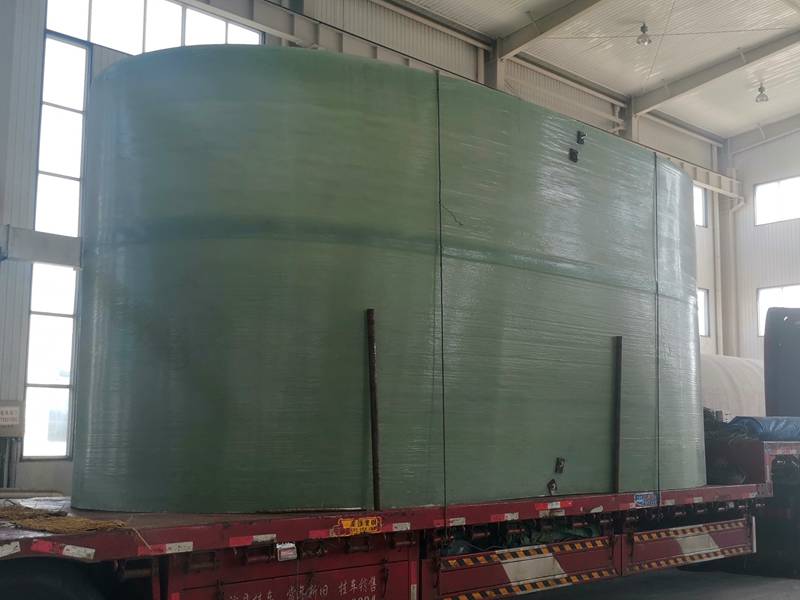
-
 Afrikaans
Afrikaans -
 Albanian
Albanian -
 Amharic
Amharic -
 Arabic
Arabic -
 Armenian
Armenian -
 Azerbaijani
Azerbaijani -
 Basque
Basque -
 Belarusian
Belarusian -
 Bengali
Bengali -
 Bosnian
Bosnian -
 Bulgarian
Bulgarian -
 Catalan
Catalan -
 Cebuano
Cebuano -
 China
China -
 China (Taiwan)
China (Taiwan) -
 Corsican
Corsican -
 Croatian
Croatian -
 Czech
Czech -
 Danish
Danish -
 Dutch
Dutch -
 English
English -
 Esperanto
Esperanto -
 Estonian
Estonian -
 Finnish
Finnish -
 French
French -
 Frisian
Frisian -
 Galician
Galician -
 Georgian
Georgian -
 German
German -
 Greek
Greek -
 Gujarati
Gujarati -
 Haitian Creole
Haitian Creole -
 hausa
hausa -
 hawaiian
hawaiian -
 Hebrew
Hebrew -
 Hindi
Hindi -
 Miao
Miao -
 Hungarian
Hungarian -
 Icelandic
Icelandic -
 igbo
igbo -
 Indonesian
Indonesian -
 irish
irish -
 Italian
Italian -
 Japanese
Japanese -
 Javanese
Javanese -
 Kannada
Kannada -
 kazakh
kazakh -
 Khmer
Khmer -
 Rwandese
Rwandese -
 Korean
Korean -
 Kurdish
Kurdish -
 Kyrgyz
Kyrgyz -
 Lao
Lao -
 Latin
Latin -
 Latvian
Latvian -
 Lithuanian
Lithuanian -
 Luxembourgish
Luxembourgish -
 Macedonian
Macedonian -
 Malgashi
Malgashi -
 Malay
Malay -
 Malayalam
Malayalam -
 Maltese
Maltese -
 Maori
Maori -
 Marathi
Marathi -
 Mongolian
Mongolian -
 Myanmar
Myanmar -
 Nepali
Nepali -
 Norwegian
Norwegian -
 Norwegian
Norwegian -
 Occitan
Occitan -
 Pashto
Pashto -
 Persian
Persian -
 Polish
Polish -
 Portuguese
Portuguese -
 Punjabi
Punjabi -
 Romanian
Romanian -
 Russian
Russian -
 Samoan
Samoan -
 Scottish Gaelic
Scottish Gaelic -
 Serbian
Serbian -
 Sesotho
Sesotho -
 Shona
Shona -
 Sindhi
Sindhi -
 Sinhala
Sinhala -
 Slovak
Slovak -
 Slovenian
Slovenian -
 Somali
Somali -
 Spanish
Spanish -
 Sundanese
Sundanese -
 Swahili
Swahili -
 Swedish
Swedish -
 Tagalog
Tagalog -
 Tajik
Tajik -
 Tamil
Tamil -
 Tatar
Tatar -
 Telugu
Telugu -
 Thai
Thai -
 Turkish
Turkish -
 Turkmen
Turkmen -
 Ukrainian
Ukrainian -
 Urdu
Urdu -
 Uighur
Uighur -
 Uzbek
Uzbek -
 Vietnamese
Vietnamese -
 Welsh
Welsh -
 Bantu
Bantu -
 Yiddish
Yiddish -
 Yoruba
Yoruba -
 Zulu
Zulu
Exploring Efficient Methods for Streamlining FRP Laundering
Exploring Efficient Methods for Streamlining FRP Laundering
Fiber Reinforced Polymer (FRP) composites have become increasingly popular in various industries due to their high strength-to-weight ratio, corrosion resistance, and durability. However, the manufacturing and subsequent laundering processes of FRP materials can pose significant challenges in terms of efficiency and environmental impact. Streamlining these processes is crucial not only for cost reduction but also for elevating sustainability practices in the industry.
One of the primary methods to improve the laundering of FRP is the introduction of advanced cleaning technologies. Traditional cleaning methods often involve harsh chemicals and extensive water usage, which can be both environmentally damaging and costly. The integration of ultrasonic cleaning techniques presents a promising alternative. This method utilizes high-frequency sound waves to create microscopic cavitation bubbles in a liquid cleaning solution. The implosion of these bubbles produces powerful cleaning action that effectively removes contaminants without the need for aggressive chemicals. Utilizing such innovative cleaning systems can not only optimize the cleaning process but also reduce environmental impact.
Another effective approach is the implementation of closed-loop water systems. In the standard laundering process, significant amounts of water are consumed, leading to excess wastewater generation. By adopting a closed-loop system, industries can recycle and reuse water, minimizing waste and conserving valuable resources. This system collects wastewater, treatments it for impurities, and reintegrates it into the cleaning process, thus enhancing efficiency and sustainability.
exploring efficient methods for streamlining frp laundering

Moreover, automating the laundering process can result in significant time savings and increased productivity. Automation technologies, such as conveyor systems and robotic arms, can handle tasks such as sorting, washing, and drying FRP components. This not only reduces labor costs but also allows for a quicker turnaround time, enabling companies to meet demanding production schedules more effectively.
Additionally, utilizing eco-friendly cleaning agents can further contribute to streamlining the laundering of FRP. These biodegradable solutions can provide effective cleaning while minimizing the ecological footprint. By transitioning to greener alternatives, industries can address environmental concerns while ensuring that their processes meet necessary regulatory standards.
In conclusion, exploring efficient methods for streamlining the laundering of FRP composites is essential for enhancing not only productivity but also sustainability in the industry. The adoption of advanced cleaning technologies, closed-loop water systems, automation, and eco-friendly cleaning agents can transform the laundering landscape. By prioritizing efficiency and environmental responsibility, companies can position themselves well in an increasingly competitive market while contributing positively to the planet.
Latest news
-
Exploring the Benefits of Top Hammer Drifter Rods for Enhanced Drilling PerformanceNewsJun.10,2025
-
High-Precision Fiberglass Winding Machine for GRP/FRP Pipe Production – Reliable & Efficient SolutionsNewsJun.10,2025
-
FRP Pipes & Fittings for Shipbuilding - Corrosion-Resistant & LightweightNewsJun.09,2025
-
Premium FRP Flooring Solutions Durable & Slip-ResistantNewsJun.09,2025
-
Premium Fiberglass Rectangular Tanks Durable & Lightweight SolutionNewsJun.09,2025
-
Tapered Drill String Design Guide Durable Performance & UsesNewsJun.09,2025









